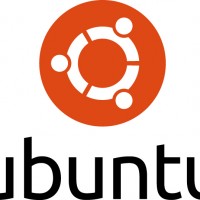Tag: network
-
Intel Gigabit CT Desktop Network Adapter Review
Intel’s network cards are popular due to their speed and reliability, which is often greater than the onboard chips in devices/motherboards. The Intel Gigabit CT Desktop Network Adapter is a PCI-E x1 add-in card with a single gigabit port, usually selling for around $30AU. It is low-profile and should come with a low-profile…
-

Monitoring network usage on Ubuntu
If you want to see how much traffic is passing through your network port there’s a handy tool called vnstat which will tally the amount of data passing through. You can install it with: sudo apt-get install vnstat It will usually add the databases and network ports automatically like so: …
-
Network Troubleshooting: Wireless N connecting at 54Mb/s
This one came up today with a customer who was extending her Wireless N home wifi network with a wireless access point. The access point was reporting a Wireless N connection at a speed of 54Mb/s rather than 150 or 300Mb/s, and transfer speeds for anything connected to the access point were only 2-3MB/s…
-

DNS troubles with Ubuntu Server 12.04
Some customers have been having DNS issues after setting a static IP on Ubuntu 12.04.1 where the server is no longer picking up the DNS settings as it was before; this can be easily fixed by adding the following to /etc/network/interfaces after the eth0 entry: dns-nameservers [ip.of.your.router] e.g., for a modem/router that’s 10.1.1.1…
-
Intel X520-T2 Visual Overview
There’s not a great deal to say about these cards apart from that they allow you some crazy network speeds, if you have the disk speed to keep up. They can certainly alleviate network bottlenecks if gigabit is holding you back! This particular card has a fan to keep the chipset cool; it’s not going…